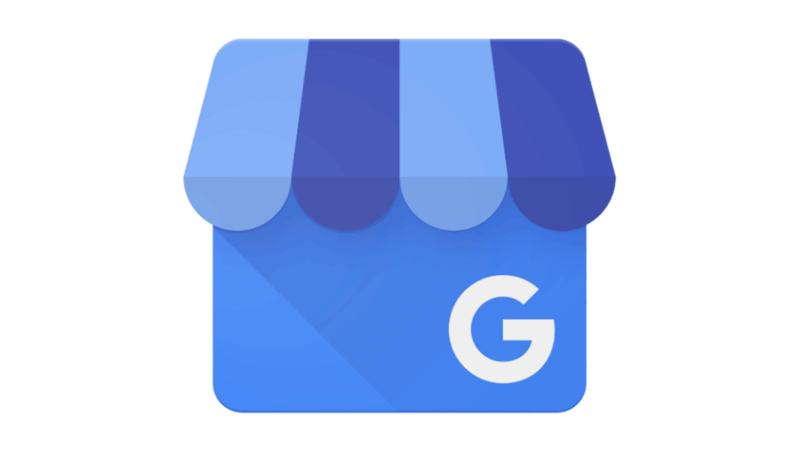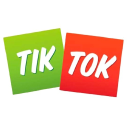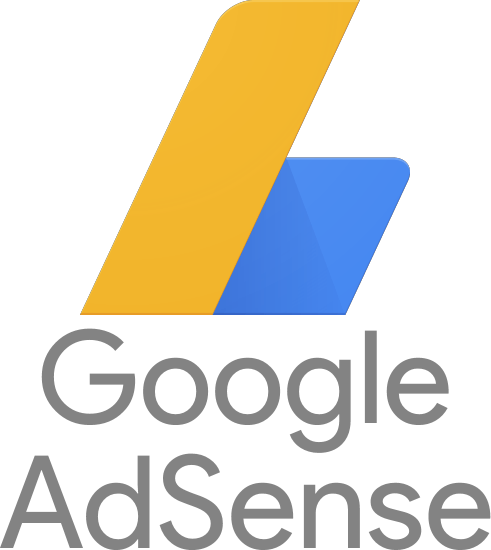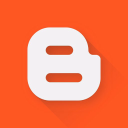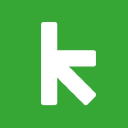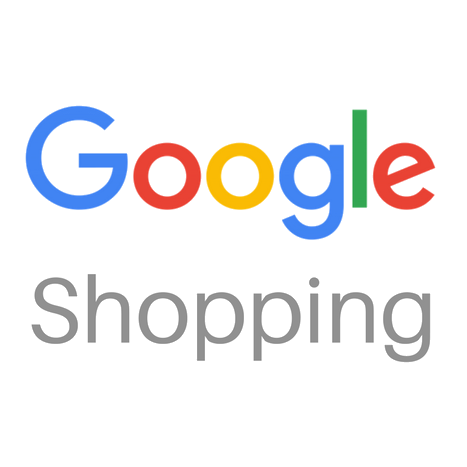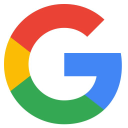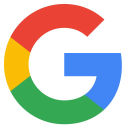This Solo-Female Founder Makes $12M/Year Selling Workplace Resources & Tools
Hello! Who are you and what business did you start?
My name is Jessica Miller-Merrell, and I am a workplace change agent, author, and consultant focused on human resources and talent acquisition living in Austin, TX. Recognized by Forbes as a top 50 social media influencer, I am the founder and CEO of Workology, a workplace HR resource, and host of the Workology Podcast.
Workology.com is a destination for the disruptive workplace leader discussing trends, tools, and case studies for HR, recruiting professionals, and business leaders. The site and community are designed for those who are tired of the status quo and are compelled to change and transform not just their organization but the world of work and the human capital industry. We reach half a million HR and Recruiting leaders each month with our website, newsletters, and podcast.
Workology also has a training and development platform for HR professionals called LEARN by Workology. We offer on-demand courses for HR certification with Ace the HR Exam, career development...

Download the report and join our email newsletter packed with business ideas and money-making opportunities, backed by real-life case studies.

Download the report and join our email newsletter packed with business ideas and money-making opportunities, backed by real-life case studies.

Download the report and join our email newsletter packed with business ideas and money-making opportunities, backed by real-life case studies.

Download the report and join our email newsletter packed with business ideas and money-making opportunities, backed by real-life case studies.

Download the report and join our email newsletter packed with business ideas and money-making opportunities, backed by real-life case studies.

Download the report and join our email newsletter packed with business ideas and money-making opportunities, backed by real-life case studies.

Download the report and join our email newsletter packed with business ideas and money-making opportunities, backed by real-life case studies.

Download the report and join our email newsletter packed with business ideas and money-making opportunities, backed by real-life case studies.


